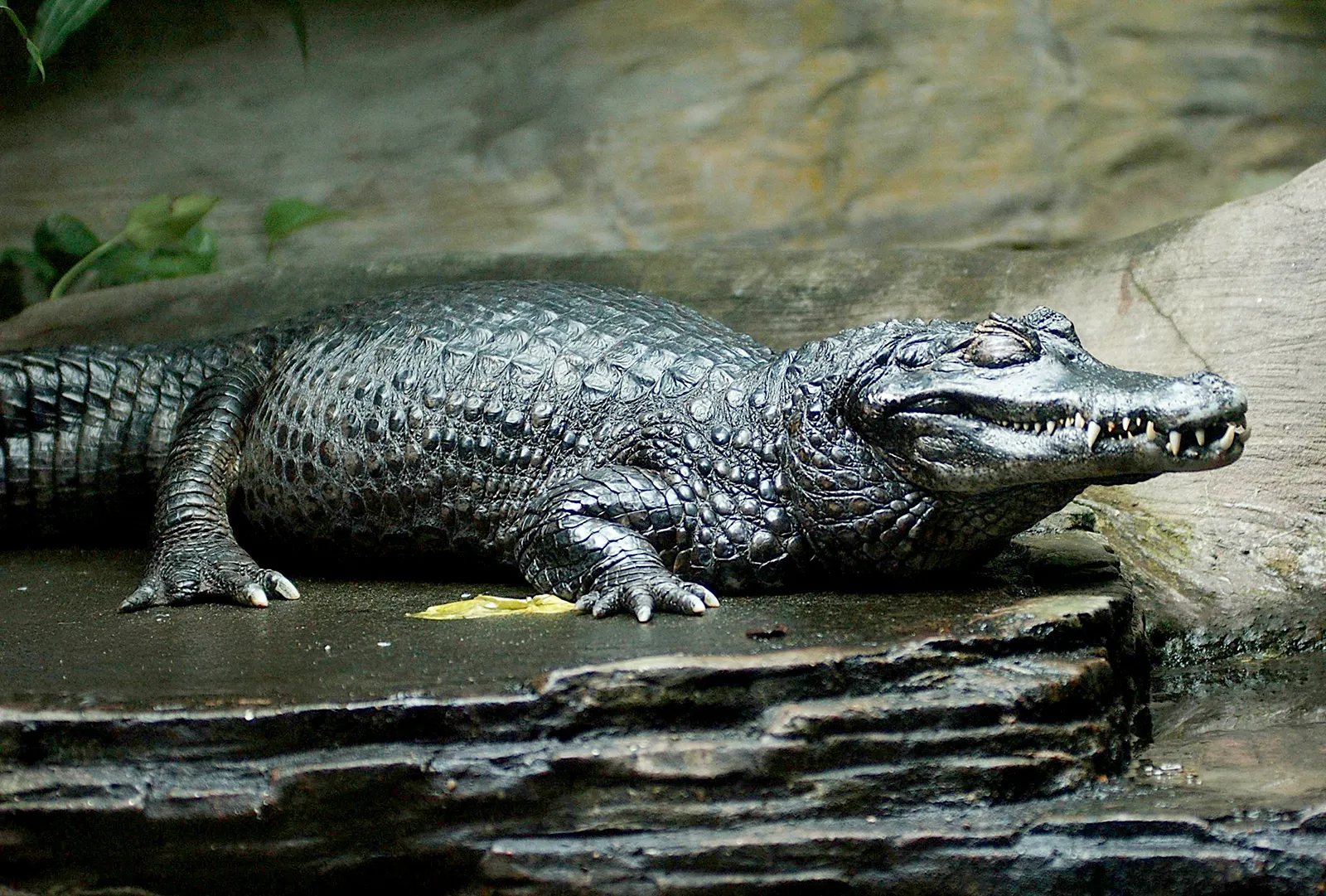
Caiman, often mistaken for crocodiles or alligators, are fascinating creatures that inhabit the wetlands of Central and South America. These reptiles belong to the family Alligatoridae and are closely related to their larger relatives. With their unique physical characteristics and distinct behaviors, caimans have captured the attention of scientists and animal enthusiasts alike.In this article, we will explore 12 intriguing facts about caimans that will shed light on their incredible adaptability, hunting techniques, and social dynamics. From their impressive size and formidable jaws to their vital role in maintaining ecosystem balance, caimans are a remarkable species worthy of admiration and study. So, let’s dive into the world of caimans and unravel the secrets of these captivating reptiles.
Key Takeaways:
- Caimans are cool reptiles found in Central and South America. They’re like mini alligators and are super important for keeping the environment balanced.
- Caimans are awesome swimmers and have a unique nesting behavior. They’re threatened by habitat loss, but they’re tough and can adapt to different environments.
Caimans are reptiles
Caimans are medium-sized reptiles that belong to the Alligatoridae family. They are closely related to alligators and crocodiles.
Caimans are found in Central and South America
Caimans are native to Central and South America, where they inhabit freshwater habitats such as rivers, lakes, and swamps.
There are six species of caimans
There are six recognized species of caimans: the Spectacled Caiman, Yacare Caiman, Black Caiman, Broad-snouted Caiman, Schneider’s Smooth-fronted Caiman, and Cuvier’s Dwarf Caiman.
Caimans have a bony ridge on their backs
One distinctive feature of caimans is the presence of a bony ridge or crest on their backs, which provides protection and helps with thermoregulation.
Caimans are excellent swimmers
Thanks to their streamlined bodies and powerful tails, caimans are adept swimmers. They use their strong tails to propel themselves through the water.
Caimans have a diet consisting of small animals
Caimans are opportunistic feeders and primarily eat small animals such as fish, crustaceans, reptiles, birds, and mammals. They are known for their powerful jaws and sharp teeth.
Caimans have a unique nesting behavior
Female caimans build mound-shaped nests made of vegetation and mud near water bodies. They lay their eggs in these nests and guard them until they hatch.
Caimans are important for ecosystem balance
As top predators, caimans play a crucial role in regulating populations of prey species. Their presence helps maintain the ecological balance of their habitats.
Caimans are threatened by habitat loss
Due to human activities such as deforestation and agriculture, many caiman populations are facing habitat loss and fragmentation. This poses a significant threat to their survival.
Caimans have a lifespan of around 30 to 40 years
In the wild, caimans have an average lifespan of 30 to 40 years. However, they can live longer in captivity under proper care and management.
Caimans are important cultural symbols
Caimans hold cultural significance in the regions where they are found. They are often depicted in art, folklore, and traditional rituals of the indigenous communities.
Caimans have adapted to survive in diverse environments
From the swamps of the Amazon rainforest to the savannas of South America, caimans have successfully adapted to various aquatic habitats, showcasing their remarkable resilience.
Conclusion
In conclusion, caimans are fascinating creatures that inhabit various regions of the Americas. They belong to the reptile family and share similarities with alligators and crocodiles. Caimans are highly adaptable and can survive in both freshwater and brackish water habitats. With their powerful jaws, sharp teeth, and excellent swimming abilities, caimans are proficient predators.
Despite their fearsome reputation, caimans play a crucial role in maintaining the balance of ecosystems. They help regulate populations of prey animals and control the spread of certain species. Conservation efforts are important to ensure the survival of these ancient reptiles and the ecosystems they inhabit.
FAQs
Are caimans dangerous to humans?
While caimans are generally wary of humans, they can become aggressive if they feel threatened or cornered. It is best to keep a safe distance and avoid any direct contact with wild caimans.
What do caimans eat?
Caimans are opportunistic predators and have a varied diet. They mainly feed on fish, amphibians, small mammals, birds, and reptiles. They have a powerful bite force that allows them to capture and consume their prey.
How big do caimans grow?
The size of caimans varies depending on the species. On average, adult caimans can range from 6 to 8 feet in length. However, some species, such as the black caiman, can grow up to 13 feet or more.
Where can caimans be found?
Caimans are endemic to Central and South America. They can be found in various habitats, including rivers, swamps, marshes, and mangroves. Some common locations to spot caimans include the Amazon rainforest, Pantanal wetlands, and the Everglades.
Do caimans make good pets?
No, caimans are not suitable pets. They require specialized care, a large tank or enclosure, and a proper diet. Additionally, caimans can pose risks to humans and may not thrive in captivity.
Was this page helpful?
Our commitment to delivering trustworthy and engaging content is at the heart of what we do. Each fact on our site is contributed by real users like you, bringing a wealth of diverse insights and information. To ensure the highest standards of accuracy and reliability, our dedicated editors meticulously review each submission. This process guarantees that the facts we share are not only fascinating but also credible. Trust in our commitment to quality and authenticity as you explore and learn with us.
